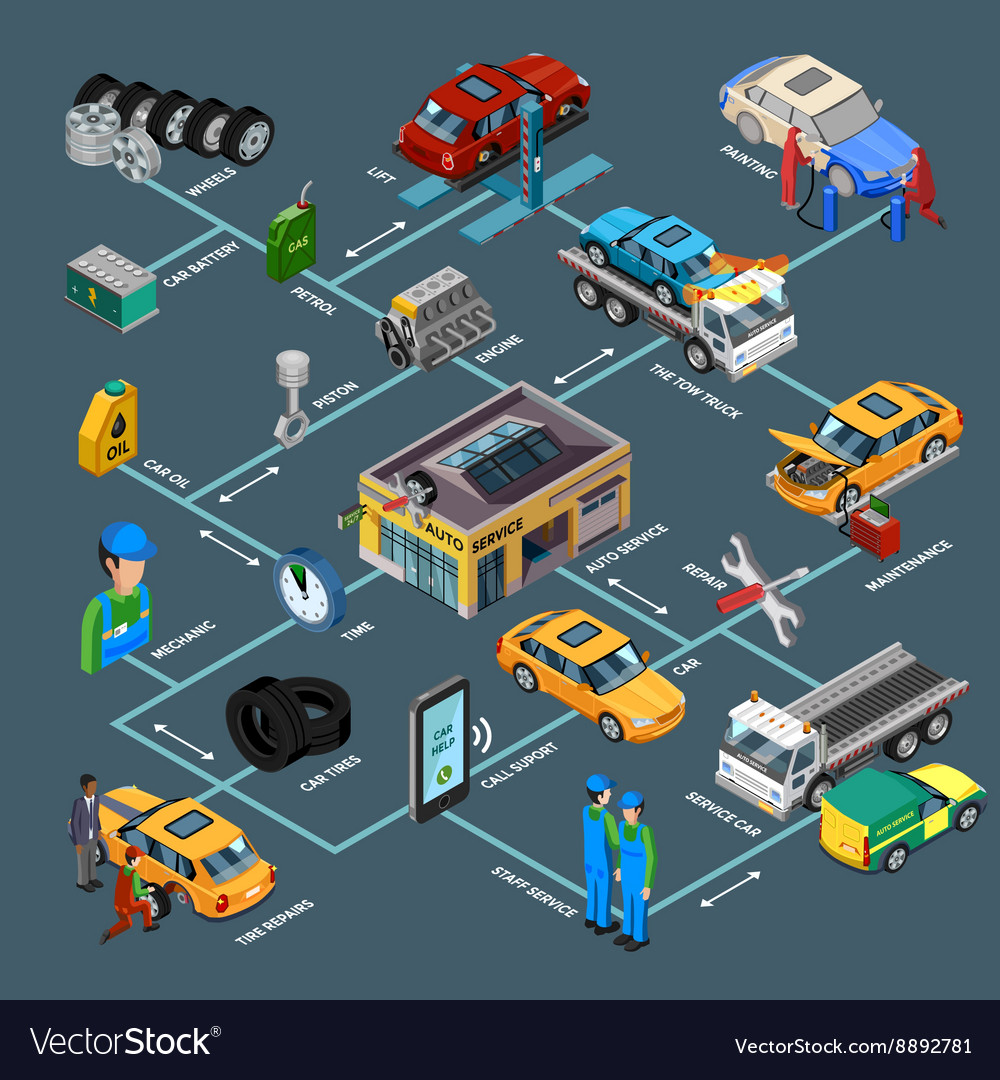Recognizing Your Auto'S Caution Lighting: What Do They Really Mean?
Recognizing Your Auto'S Caution Lighting: What Do They Really Mean?
Blog Article
Writer-McKee Ferguson
When you're behind the wheel, those radiant caution lights on your dashboard can be a little bit complicated. Do you recognize what they're trying to tell you concerning your vehicle's wellness? Comprehending the significance of these lights is essential for your safety and the durability of your vehicle. So, the following time one of those lights pops up, wouldn't you wish to decode its message accurately and take the required steps to resolve it?
Common Warning Lighting and Interpretations
Determine common warning lights in your car and comprehend their definitions to make sure risk-free driving.
The most common caution lights consist of the check engine light, which indicates problems with the engine or discharges system. If this light comes on, it's critical to have your lorry checked promptly.
https://scheduledmaintenance95162.bligblogging.com/31660811/car-treatment-easy-maintenance-tips-every-driver-need-to-know alerting light indicates low oil pressure, requiring immediate interest to stop engine damages.
A blinking battery light might suggest a malfunctioning billing system, potentially leaving you stranded if not addressed.
The tire stress surveillance system (TPMS) light informs you to low tire pressure, affecting vehicle security and fuel effectiveness. Ignoring this could result in dangerous driving conditions.
The abdominal muscle light suggests a problem with the anti-lock braking system, endangering your ability to stop swiftly in emergencies.
Lastly, the coolant temperature level warning light warns of engine getting too hot, which can lead to extreme damage otherwise resolved promptly.
Recognizing these common warning lights will certainly assist you resolve concerns without delay and keep safe driving conditions.
Relevance of Prompt Attention
Recognizing the typical caution lights in your auto is only the primary step; the importance of immediately addressing these cautions can't be highlighted sufficient to guarantee your safety when traveling.
When a warning light illuminates on your dashboard, it's your vehicle's method of connecting a possible concern that needs interest. Ignoring these warnings can bring about more serious troubles down the road, endangering your safety and security and potentially costing you a lot more in repairs.
Motivate focus to cautioning lights can protect against malfunctions and crashes. As an example, a blinking check engine light could suggest a misfire that, if left neglected, might trigger damages to the catalytic converter. Addressing this quickly can conserve you from a costly repair work.
Similarly, a brake system cautioning light could signify reduced brake fluid or used brake pads, crucial elements for your security when driving.
Do It Yourself Troubleshooting Tips
If you see a warning light on your control panel, there are a couple of DIY repairing ideas you can attempt prior to seeking expert aid.
The initial step is to consult your car's guidebook to recognize what the specific caution light suggests. Occasionally the problem can be as straightforward as a loosened gas cap triggering the check engine light. Tightening up the gas cap might solve the trouble.
One more usual issue is a reduced battery, which can trigger various warning lights. Checking https://www.wqow.com/news/chippewa-valley/global-auto-parts-shortage-impacting-eau-claire-repair-shop/article_47e4e9fa-a632-11ec-85d9-43f72a06ecbc.html for rust and ensuring they're protected could take care of the issue.
If https://milowpibt.qodsblog.com/31112745/pay-attention-to-the-trends-that-are-set-to-transform-the-car-repair-service-landscape-in-the-future continues, you can attempt resetting it by separating the cars and truck's battery for a few mins and then reconnecting it. Additionally, inspecting your vehicle's liquid levels, such as oil, coolant, and brake fluid, can help fix cautioning lights related to these systems.
Final thought
To conclude, understanding your vehicle's caution lights is necessary for keeping your vehicle running smoothly and securely. By without delay dealing with these alerts and knowing what they mean, you can stay clear of costly repair work and possible failures.
Bear in mind to consult your vehicle's manual for particular information on each warning light and act as necessary to ensure a trouble-free driving experience.
Remain notified, remain secure when traveling!
